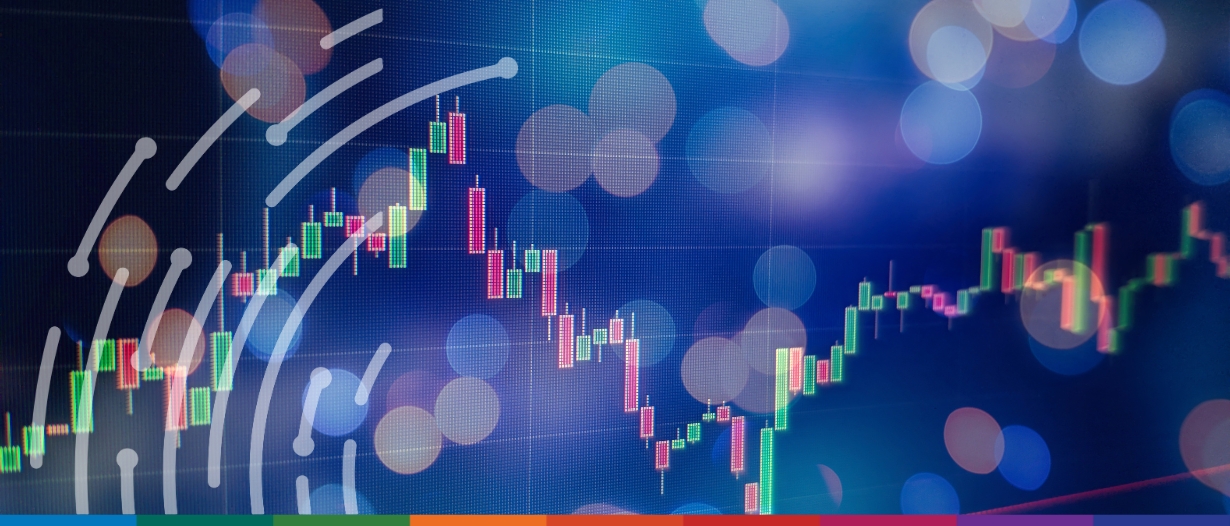Listen to this podcast on Spotify, Apple Podcasts, Podbean, Podtail, ListenNotes, TuneIn
- One of digitalisation’s most cited benefits is its capabilities within data.
- But an unequal world begets misrepresentative data, which is then used as perfect.
- To tell us more, Trade Finance Global’s Assistant Editor Mahika Ravi Shankar sat down with TFG Researcher Carter Hoffman.
Big data, small data, metadata – you’ve heard it all. From your workout to your wine fridge, massive amounts of information are being collected and shared globally. If data is the new gold, then the collection, management and access to it has never been more valuable (Finextra). According to McKinsey, cross-border data flows are nearly doubling every two years, a clear sign of rapid digital transformation in global commerce.
Hoffman has recently produced a research paper entitled ‘The unseen side of trade digitisation: Data inequality and the global economic divide’. It focused on the sustainability and equitable growth of digital trade in a disparate global market.
The data goldrush
The rapid tide of digitalisation promises enhanced efficiency, reduced costs, and streamlined operations, but the glimmer of new knowledge – shared with more people and utilised to greater effect than ever before – hides a growing disparity that will impact global trade dynamics.
The UK’s recent passing of the Electronic Trade Documents Act 2023 suggests that regulators the world over are hoping to secure and democratise the process of trade digitalisation. The bill should bolster the position of small to medium enterprises (SMEs) in developed nations, especially for those hoping to secure their position internationally, but Hoffman can see other stakeholders being left behind.
The growing digital divide
Data inequality, as defined by Hoffman, encompasses three critical dimensions:
- access to data;
- control over data infrastructure, and;
- representation within data.
“Representation often goes overlooked, despite its significant implications for trade development and economic growth,” said Hoffman. “From a trade context, countries that have strong digital data infrastructure, that ability to gather and use data, are generally going to have a lower cost of market entry for foreign businesses”.
LDCs unseen
Hoffman’s study is concerned with the consequences of data inequality in those classified as least developed countries (LDCs), landlocked developing countries (LLDCs), and small island developing states (SIDS)
Internet access is a major driver of data inequality, with only 20% of people in LDCs having connectivity, compared to 90% in developed countries. The UN largely defines LDCs by their agricultural and export strength, but strong digital infrastructure (for instance, stable and widespread internet connection) is fast becoming the defining asset of a nation looking to grow into prosperity.
Looking at “digital differences,” Hoffman’s study revealed a 3% rise in the gap between LDCs and the rest of the trading world over the last decade, despite significant advances in digital capacity, such as the introduction of 5G and blockchain technologies.
Regions like Africa or Latin America and the Caribbean (LAC) are strong in population and consumer growth, but lack market representation. Africa alone accounted for less than 1% of digital service exports in recent years. While LAC is hot property right now for superpowers such as China and the US, metrics like internet penetration suggest connectivity is highly centralised in metropolitan areas. These regions are largely dependent on foreign data storage.
“If we look at where a lot of this infrastructure exists, it’s really in the developed world,” said Hoffman. “Seven of the ten largest technology companies globally are based in the US… It really amplifies their relative control over that global data infrastructure.”
The Global Circling the Local
The “trickle-down technology” approach is yet to yield any equitable results, although China is making waves with a new $3.6 billion outpost at Peru’s Puerto Chancay. The investment is a key aspect of their Belt and Road Initiative which, in part, aims to enhance global trade connectivity. The investment includes new 5G communication systems previously unseen in Central LATAM, courtesy of Chinese firm Huawei. This integration will give Peru an edge in a region lacking in scalable digital infrastructure. But the landmark trade agreement is not without controversy – with serious concerns now being raised over Peru’s data sovereignty.
“We need trade agreements that work for everyone, not just for data-rich countries”, insists Hoffman. “This means making sure that agreements include provisions that support fair data sharing and really help those developing nations benefit from the digital economy so that they’re not just left on the sidelines.”
Success stories like Ualá in Argentina and TradeDepot in Nigeria demonstrate local hunger for digital innovation, but for Hoffman, the onus rests with us all.
—
The outlook can only be equitable if key international bodies (like the UN or Aid for Trade) and trade stalwarts in the Eurozone and North America step up to carry some of the weight in removing barriers for LDCs. Hoffman sees data inequality as the major challenge, one that can be combated in a three-prong approach:
- Establish monitoring of data inequality and producing regular reporting on digital divide metrics.
- Developing local data centres and storage capacity to improve internet access and connectivity
- Enshrine this in policy by creating inclusive digital trade policies and fair cross-flow data-sharing agreements, supporting data sovereignty in LDCs.
Hoffman sees potential for the cross-flow of data to embolden smaller players on the international stage, those who need it most. “It’s really everyone’s issue to deal with this. Trade is inherently a global process, a global phenomenon. We need everyone involved, and we all benefit more when everyone’s involved.”

























